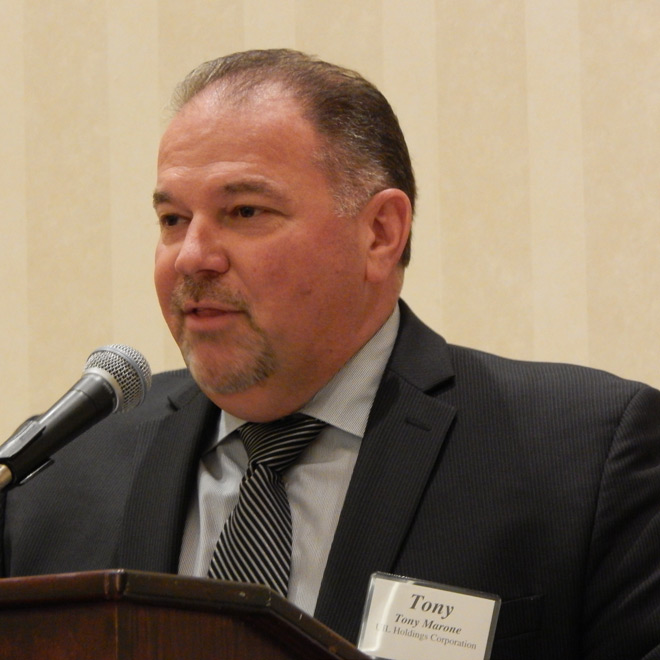At the New England Energy Conference and Exposition last week, industry experts said there is no evidence that distributed generation is leading to a “death spiral” for traditional utilities.
“We know it’s an issue; with time it could unfold very differently. But for now it’s not really affecting utility credit ratings,” said Peter Rigby, global head of Standard & Poor’s risk analytics and research.
Anthony Marone, senior vice president of customer and business services at UIL Holdings, said that despite state incentives, rooftop solar’s penetration remains small and has not impacted UIL’s business model. But continued growth will create “equity” issues, he said.
“If you have many times the penetration today, you start to create potentially isolated problems on certain circuits or feeders or certain neighborhoods,” Marone said. “If in every neighborhood there were two systems, maybe it’s no problem. But if you all of the sudden have three, now you’ve got to upsize the transformer, or [if] you have to do other things, the question becomes who pays for that? Is it the consumer who installed the generation or is it society as a whole?”




